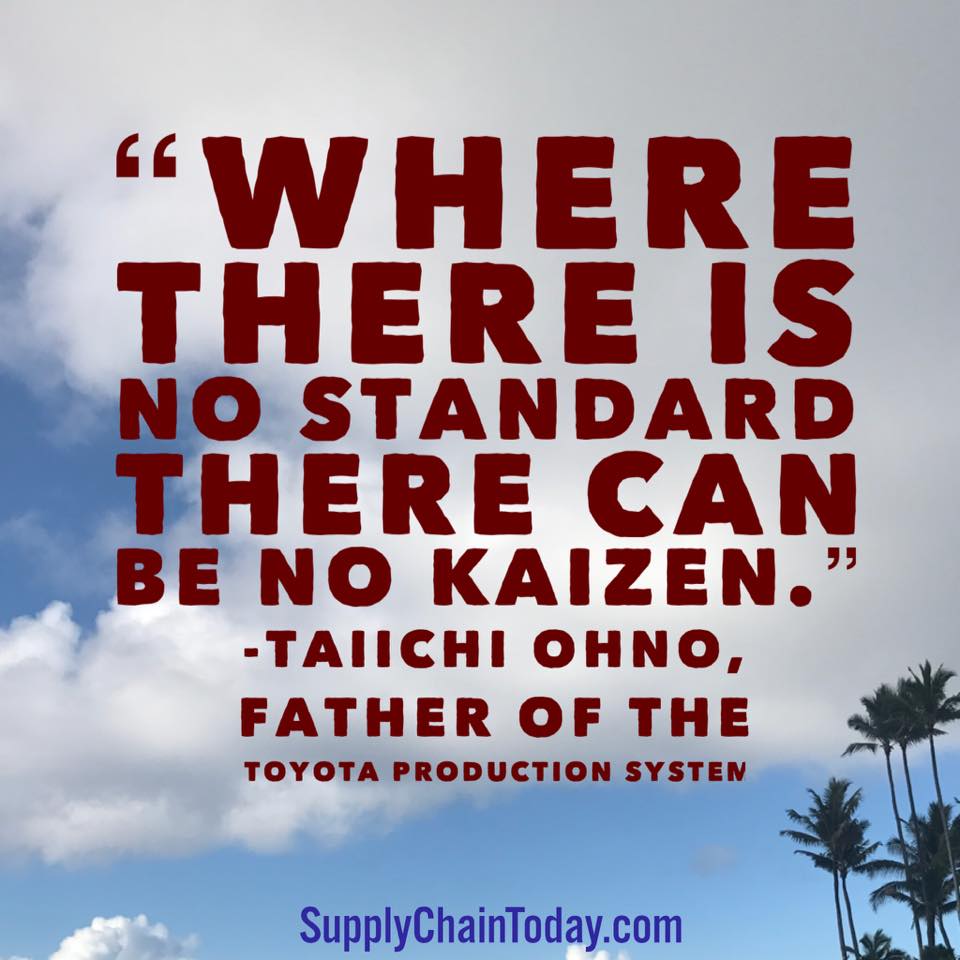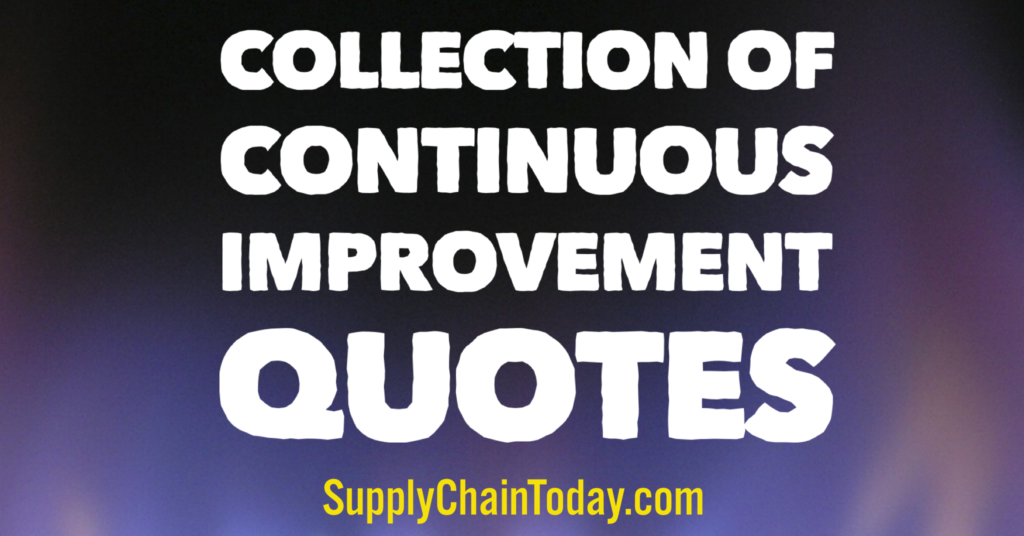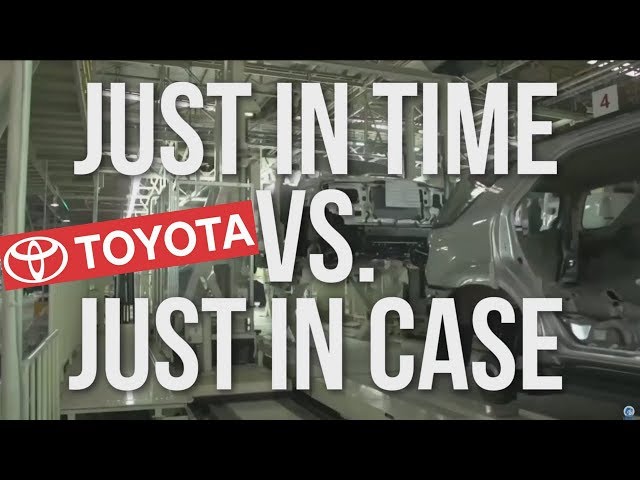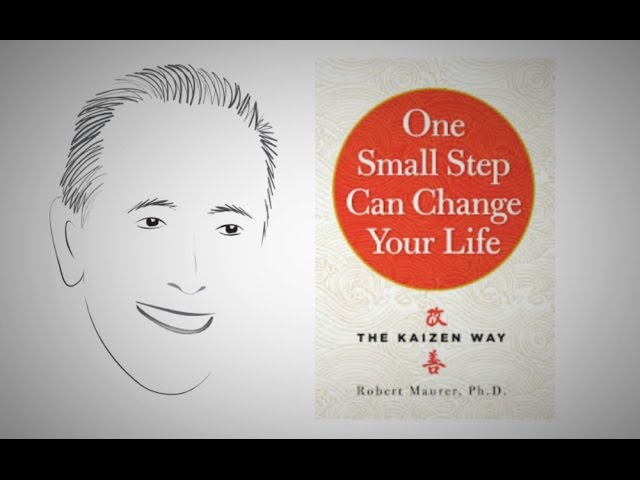What is Kaizen in simple language – Continuous Improvement.
Kaizen is a Japanese term that translates to “continuous improvement” or “change for better.” It is a fundamental concept in the world of business management and manufacturing, particularly associated with Japanese manufacturing techniques and the Toyota Production System (TPS). Kaizen is not just a methodology; it’s a philosophy that emphasizes incremental, continuous, and sustainable improvements in all aspects of an organization’s operations.
How Kaizen Helps Companies Improve.
- Cultural Mindset: Kaizen starts with fostering a culture of continuous improvement within an organization. It encourages all employees, from top management to frontline workers, to actively participate in identifying and implementing improvements in their daily work processes. This culture of involvement and empowerment is crucial for the success of Kaizen initiatives.
- Small Steps: Kaizen is characterized by its focus on small, manageable changes rather than large, disruptive ones. The idea is to make incremental improvements that are easy to implement and measure. This reduces resistance to change and minimizes the risk of unexpected problems.
- PDCA Cycle: The Plan-Do-Check-Act (PDCA) cycle is a fundamental tool in Kaizen. It involves planning a change, implementing it (doing), checking the results, and then acting based on what is learned. This cycle ensures that changes are not just made arbitrarily but are based on data and feedback.
- Elimination of Waste: Kaizen places a strong emphasis on identifying and eliminating various forms of waste within processes. This includes eliminating overproduction, reducing inventory, minimizing defects, and optimizing the use of resources. The goal is to streamline operations and improve efficiency.
- Standardization: Once improvements are made, they are often standardized to ensure that the new and more efficient processes become the norm. This prevents the organization from reverting to old, inefficient practices.
- Continuous Learning: Kaizen promotes a culture of continuous learning and skill development. Employees are encouraged to acquire new skills and knowledge to better contribute to the improvement efforts.
- Data-Driven: Relies on data and metrics to identify problems and measure the impact of changes. This data-driven approach ensures that improvements are based on evidence and can be objectively evaluated.
- Cross-Functional Teams: Kaizen often involves cross-functional teams composed of members from different departments or levels of the organization. This diversity of perspectives can lead to more holistic and effective solutions.
- Customer Focus: Encourages organizations to listen to their customers and incorporate their feedback into improvement efforts. Ultimately, the goal is to deliver better products or services that meet customer needs and expectations.
- Long-Term Commitment: Kaizen is not a one-time initiative but a long-term commitment to continuous improvement. It requires sustained effort and support from leadership to embed the philosophy into the company’s DNA.
Kaizen has been successfully applied in various industries, including manufacturing, healthcare, and service sectors. Its principles can help companies reduce costs, improve quality, enhance employee morale, increase customer satisfaction, and stay competitive in a rapidly changing business environment. It is important to note that Kaizen is not a quick-fix solution but a journey towards excellence that requires dedication and patience.
Continuous Improvement Resources
Toyota Production System Jidoka: Stopping Production, a Call Button and Andon.
The Best Continuous Improvement Quotes
What is Just in Time (JIT): Smartest Production System in The World
The Kaizen Way: ONE SMALL STEP CAN CHANGE YOUR LIFE




